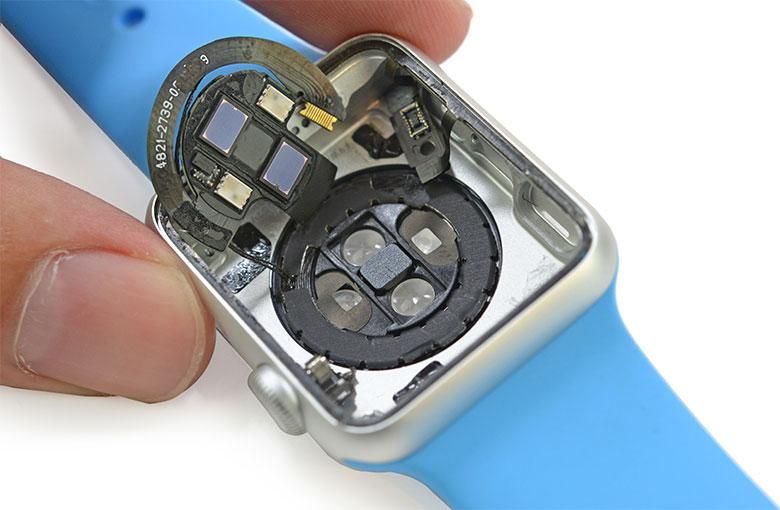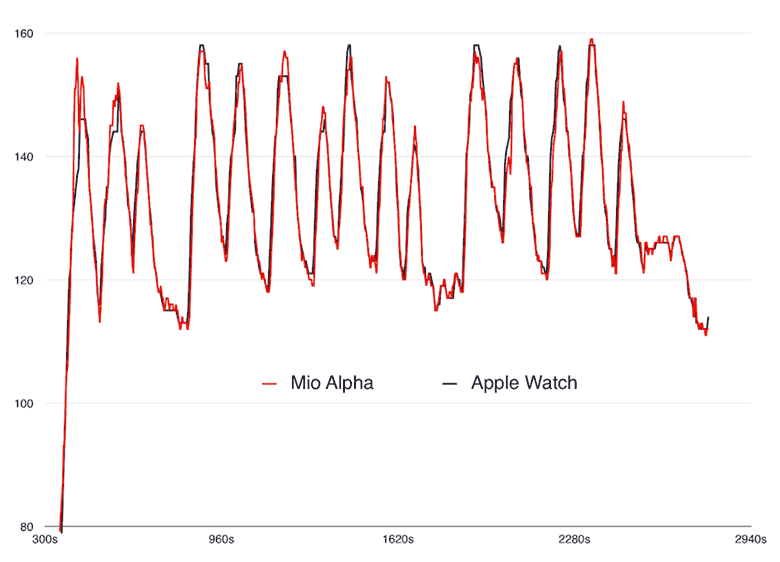That the Apple Watch makes for a good heart rate monitor shouldn’t be surprising. OK, sure it struggles to read your pulse through heavy tattooing, but this is an optical sensor – what did you expect when a bunch of ink gets in the way? But compared to the tiny sensors on many of the phones and wearables we’ve seen to date, the Apple Watch’s is positively ginormous. It’s over-engineered to the extent that it would work just fine as a pulse oximeter, delivering even more health data than it does now, should Apple ever implement such an ability in software. But as things stand now, measuring heart rate and heart rate alone, how does its output compare to dedicated hardware? A new analysis suggests it’s doing a hell of a job.
We’ve heard the complaint before that some wearables aren’t so precise with their heart rate measurements, and that the readings they give can vary significantly from reality. But in a side-by-side comparison with a purpose-made heart-rate-tracking watch, the Apple Watch comes through with flying colors.
As you can see in the comparison with the Mio watch below – itself purported to generate “EKG-accurate heart rate data” – the Apple Watch holds its own. While the Apple Watch’s data lacks some of the Mio’s precision, it’s right there alongside it for the vast majority of these data points, and looks like it should be more than adequate for users’ needs.
Source: Brad Larson (Twitter)
Via: 9to5 Mac


